World Fine Art Professionals and their Key-Pieces, 417 - The IANDE Collective
World Fine Art Professionals and their Key-Pieces, 417 – The IANDE Collective
Three originally Latin Americans: Alvaro Aroca, Maga Berr and Patricia Werneck Ribas explored the spirit of Latin America in an exhibition at the WM Gallery in Amsterdam. It was the first exhibition of the collective, which is now based in Europe, Maga and Patricia in the Netherlands and Alvaro in Spain.
With their artworks they tell stories about their former continent (and its relationship with Europe) that are not often told under the title ‘Yamatita’s Untold Stories’.
Álvaro Aroca Córdova
I look at the works together with Patricia. We’ll start in the back, at Alvaro’s work. Álvaro Aroca Córdova is originally from Chile, and partly has a Mapuche background, I hear from Patricia. “But that’s not a theme for him.” Alvaro’s theme is nature and the relationship of man and nature. On a video I see a person in a tent on a large lawn in the Netherlands and then images of nature from Chile. Embroidered threadwork (red thread against a black background) hangs on the walls and the maker, Álvaro, appears on one of them. A self-portrait. His message: man threatens nature.
Man has a blind spot for certain aspects of nature and he tries to detect this in his work. Among other things, forgotten plant stories and the memories of those stories and experiences in nature of people from Amsterdam Southeast and rural areas in southern Chile. He wants to put the original experiences back in people’s heads.
Maga Berr
Also in the back I see the ceramic works of Maga Berr, originally from Peru. The sculptural installation ‘Chicha Flow’ is made of ceramics and experiments with glaze materials such as oxides, pigments, engobe and glaze. Chicha is a drink made from corn, but it also refers to multiculturalism in Peru. It is a mix of the Andean worldview and the values of the western city.
I see a table with six legs in the middle of the room and a series of masks on the wall. And in the shop window the image of an (Inca) goddess. Maga Berr examines her Peruvian father’s roots. The six legs carry a box in which all kinds of things can be seen. I see corn on the cob, potatoes, sweets and a big bull’s head. It turns out to be inspired by the life of street vendors in Lima, who survive the day selling their products. Maga Berr: “From early in the morning until late at night, they are inseparable from their products. That is why this table sculpture tries to become human / anthropomorphic. The table represents the life of street vendors full of color, surprises, struggles and stones.” The bull’s head represents her mother, originally from Spain.
Goddess Wiracocha
Maga used her own face as a model for the masks. The masks represent the fears, dreams, forms of oppression and invisibility felt by the Peruvians. Some masks have a text, sometimes with a derogatory / racial meaning.
In the shop window I see in a bowl the image of a crying woman with a lollipop in her mouth. She has protruding hair, with a text on it. It is the god Wiracocha, the god of the (pre) Incas, who is always depicted as a man, but by Maga as a woman. Berr: “’Wiracocha, she has made lakes with her tears. Rivers were born from lakes, and then we could grow food, and thanks to her we became stronger. Not a tear was wasted in this world. History is always written by the winners. In this new version I make the god female. It is a symbolic repair of colonial historical narratives.”
Patricia Werneck Ribas
And finally the work of Patricia Werneck Ribas. Her work is about identity and power relations in a postcolonial society. She makes photos, films, sound and neon works.
Her book Dispatch to Origin was published two years ago. It was about Brazilians living in Amsterdam who, for various reasons, had not had any documents for a certain period of time. Patricia: “During these photo sessions, the conversations always revolved around the feeling of homesickness and the desire to go back to the motherland. After photographing more than fifteen people, I decided to take the negatives to Brazil as a symbolic gesture and perform an Afro-Brazilian-inspired ritual with them. I also have a bit of African blood myself.”
While in Brazil, she dipped the negatives in a cocktail of tropical fruits and drinks and soaked them in the mixture for three weeks. Then she laid them to dry on printed literary texts by Brazilian authors. The result of the ritual are 40 images – 15 portraits and 25 abstracts.
Chiquita Banana
A microphone and headphones hang from a banana tree. It is the sound installation Sons da terra (Sounds of the land). Successively I hear city sounds, bird sounds, music, animal sounds with water (which turns out to be whales that come to the coast of Bahia to give birth), fireworks, shootings, the song Chiquita Banana (initially still Chiquita Bacana, which appears to date from 1930 and one of Brazil’s oldest carnival songs, made famous by Carmen Miranda in the 1960s), a screaming woman (turns out to be an exorcism séance) a waterfall, city noises again, a radio voice from the 1960s talking about Liberdade A, B, C (concerns Article 5 of the Constitution during the period of the dictatorship).
Patricia: “When feelings of homesickness threatened to overpower me, I only read and listened to bad news about Brazil. A psychological trick that worked. In this installation I also use the ‘beautiful / fun’ sounds, so that a more balanced image is created.”
Even Latinos get the Blues
Finally, at the entrance I see the LED neon text Even Latinos get the Blues. “I occasionally hear in the Netherlands about a certain idea that Latinos are always cheerful and busy with music. But that’s a skewed picture. There is also a lot of sadness. Brazil has the highest rate of people’s fears. But you learn to live with sadness and uncertainty.”
Images
1 – 2) Alvaro Aroca Córdova, works, 3) Alvaro Aroca Córdova portrait, 4 – 5) Maga Berr, works, 6) Maga Berr portrait, 7 – 8) Patricia Werneck Ribas, works 9) Patricia Werneck Ribas, portrait, 10) Patricia Werneck Ribas, work
https://gallerywm.com/WP/yamitata-iande-collective-alvaro-aroca-maga-berr-patricia-weerneck-ribas-22-03-22-04-2023/https://www.instagram.com/aaroka/https://magaberr.net/http://www.patriciawerneckribas.com/https://www.ifthenisnow.eu/nl/verhalen/het-iande-collectief-onderzoekt-de-geest-van-latijns-amerika
Disclaimer: The views, opinions and positions expressed within this guest article are those of the author Walter van Teeffelen alone and do not represent those of the Marbella Marbella website. The accuracy, completeness and validity of any statements made within this article are not guaranteed. We accept no liability for any errors, omissions or representations. The copyright of this content belongs to Walter van Teeffelen and any liability with regards to infringement of intellectual property rights remains with the author.

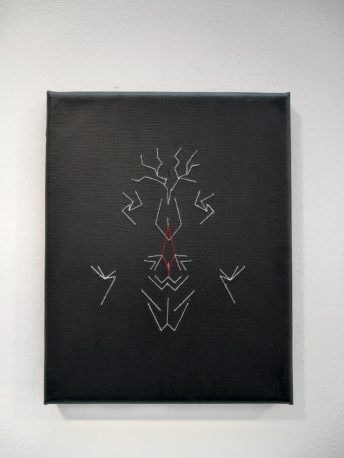
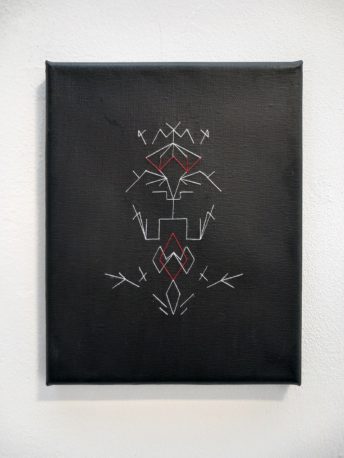

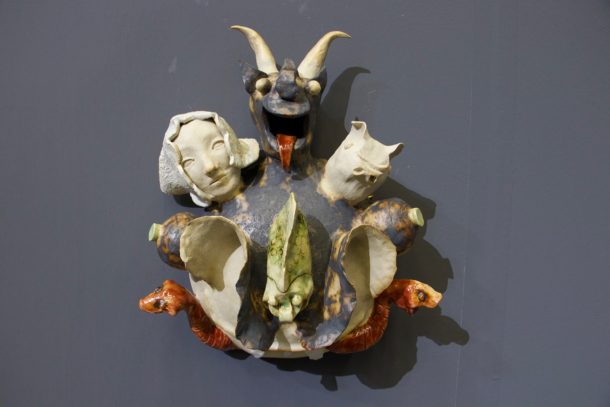
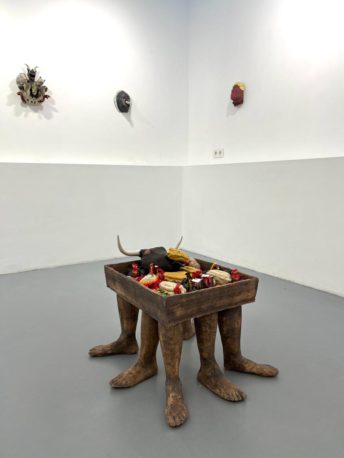
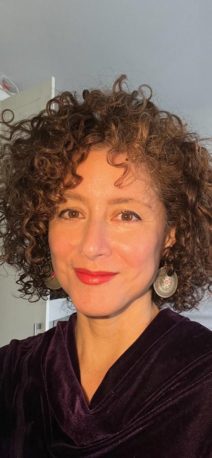

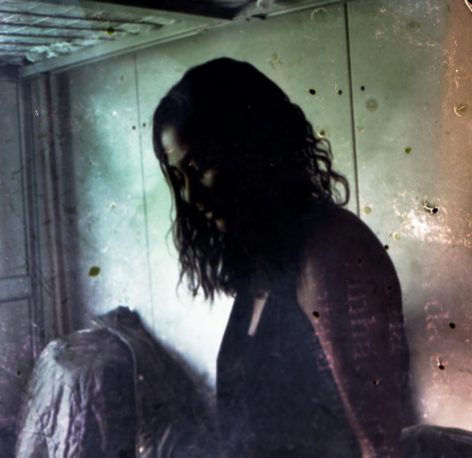
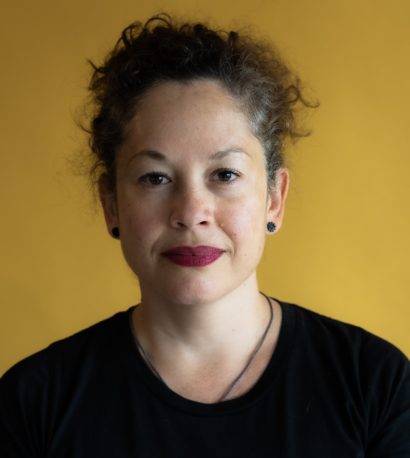
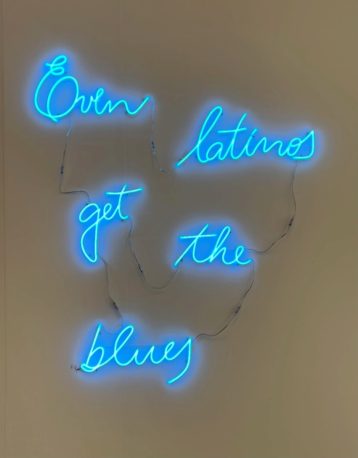














The opinions expressed by individual commentators and contributors do not necessarily constitute this website's position on the particular topic.